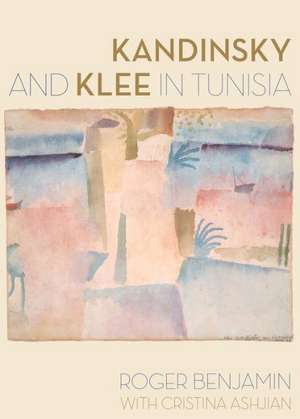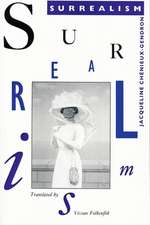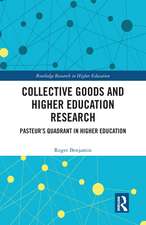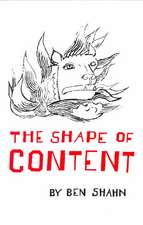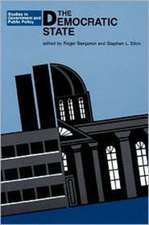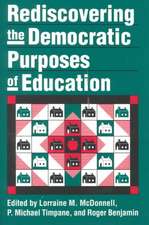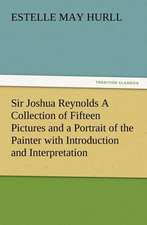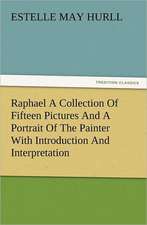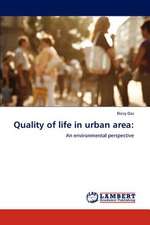Kandinsky and Klee in Tunisia
Autor Roger Benjaminen Limba Engleză Hardback – 24 sep 2015
Preț: 322.62 lei
Nou
Puncte Express: 484
Preț estimativ în valută:
61.74€ • 67.04$ • 51.86£
61.74€ • 67.04$ • 51.86£
Carte disponibilă
Livrare economică 02-16 aprilie
Livrare express 18-22 martie pentru 51.31 lei
Preluare comenzi: 021 569.72.76
Specificații
ISBN-13: 9780520283657
ISBN-10: 0520283651
Pagini: 256
Ilustrații: 79 color, 46 b/w, 2 maps
Dimensiuni: 184 x 280 x 20 mm
Greutate: 0.82 kg
Editura: University of California Press
ISBN-10: 0520283651
Pagini: 256
Ilustrații: 79 color, 46 b/w, 2 maps
Dimensiuni: 184 x 280 x 20 mm
Greutate: 0.82 kg
Editura: University of California Press
Notă biografică
Descriere
Offers an understanding of how the European avant-garde was formed in dialogue with cultural difference. This book looks closely at the cities of Tunis, Sousse, Hammamet, and Kairouan to flesh out a profound confrontation between European high modernism and the wealth of Islamic lifeways and architecture.
